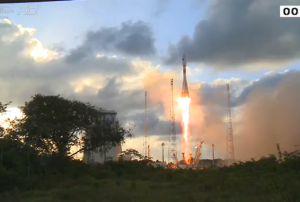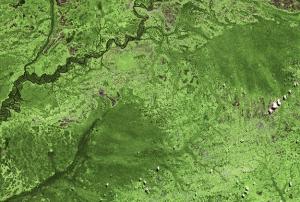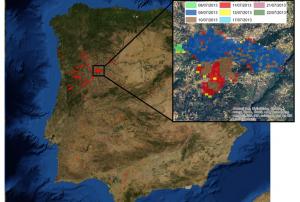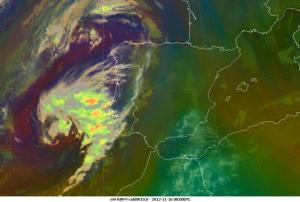Europe's Galileo satellite navigation system will soon increase: European Space Agency (ESA) announced the coming launch of Galileo SATs 5-6 on 21 August 2014, from Europe's Spaceport in French Guiana.
These two satellites, becoming operative in autumn, will join the four satellites already orbiting: two were launched in October 2011 and two one year later.
ESA and its partner, France's "Centre National d'Etudes Spatiales" (CNES), submitted the satellites to multiple end-to-end system compatibility tests, while the Launch and Early Operations Phase is run from ESA’s Space Operations Centre in Darmstadt, Germany.
Galileo SATs 7-8 are scheduled for the end of 2014, after which the program anticipate launching between 6 to 8 satellites per year.
more

























